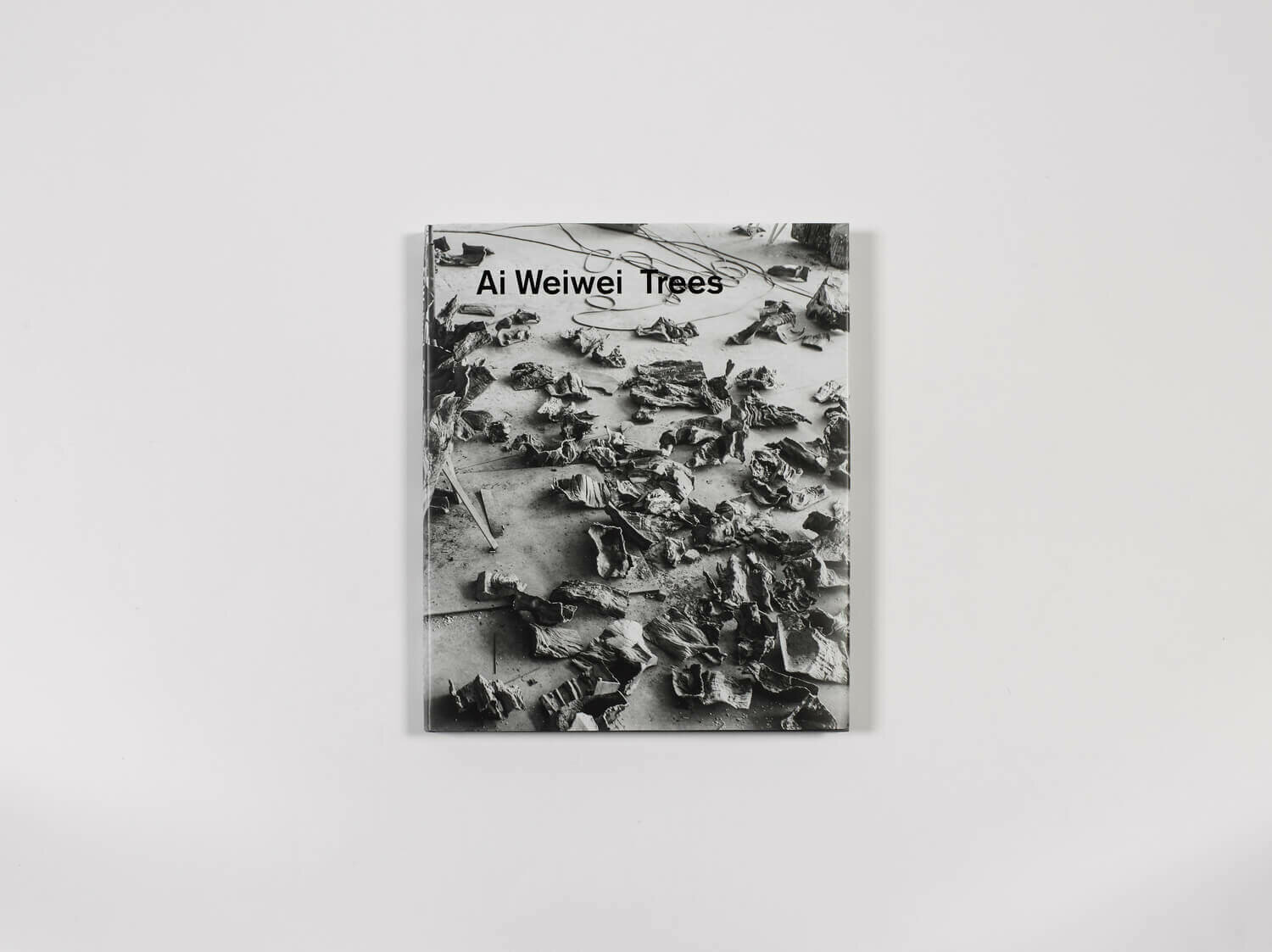Ai Weiwei: Trees.
Lisson Gallery, London
2017
About
Ai Weiwei: Trees is published by Lisson Gallery, London.
Natural objects – from the sunflower seeds that carpeted Tate Modern’s Turbine Hall in 2010 to his series of porcelain rocks and watermelons – have been an ongoing source of inspiration for Ai Weiwei, with trees recurring as a spiritual motif in his work since 2009.
These monumental wooden or iron multipartite sculptures are all composites of different parts of different trees gathered by the artist from various parts of China in reference to the ancient Asian tradition of collecting dry fragments of trees for contemplation of their complex forms.
Fragments also play an important part in Ai Weiwei’s work as they force attention on foundational elements and the most basic units that combine to create a whole. Here, in line with the artist’s worldview, the whole is not greater than the sum of its parts but rather each individual part is equal and of unique importance.
This focus on equality is evidenced in recent projects by the artist that take as their starting point the refugee crisis and challenges to freedom of speech. The iron roots and tree trunks are presented in a natural, untreated state, appearing at first glance as organic forms, yet upon closer inspection, reveal their artificiality.
Not born of nature but made by human hands, the works, contorted by the surrounding landscape, represent a society uprooted by industrialisation and modernisation, illustrating how progress can often come at the expense of cultural and societal well-being.
By eliminating their original function and value, Ai Weiwei imbues the objects with new meaning and forces us to confront them in a new light.
Katie Hill, Director of the Office of Contemporary Chinese Art, was the invited author for Ai Weiwei: Trees.



